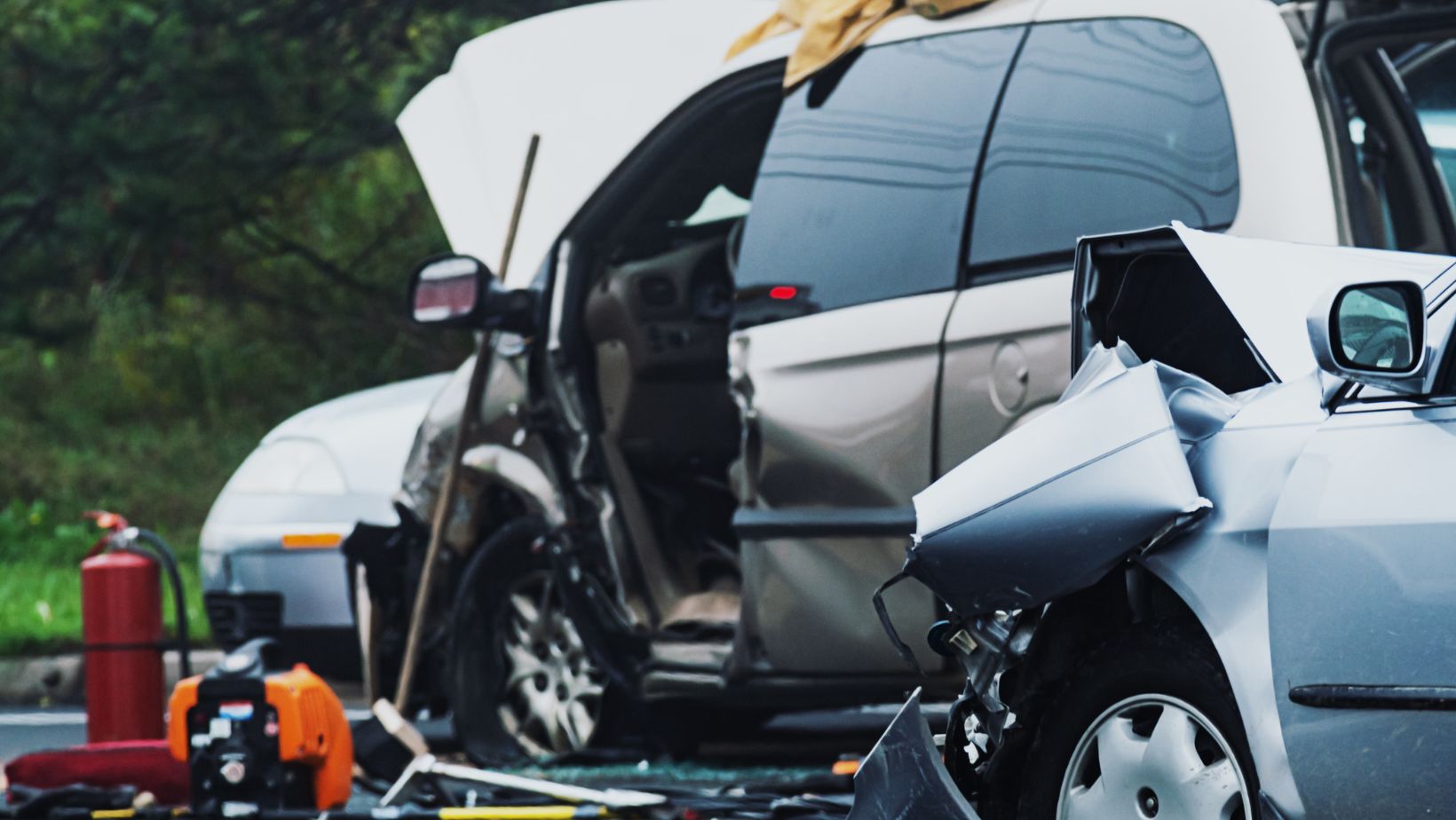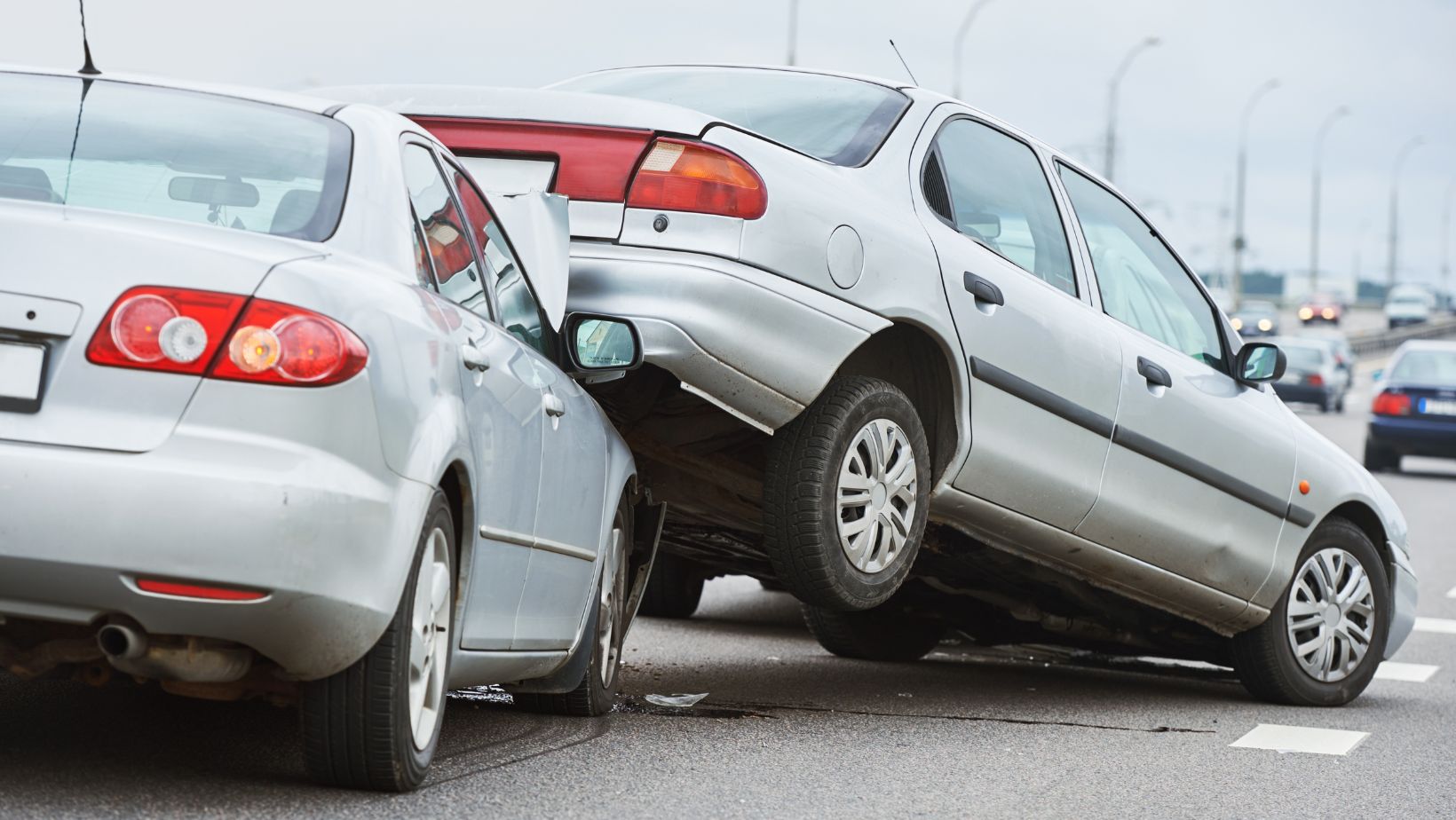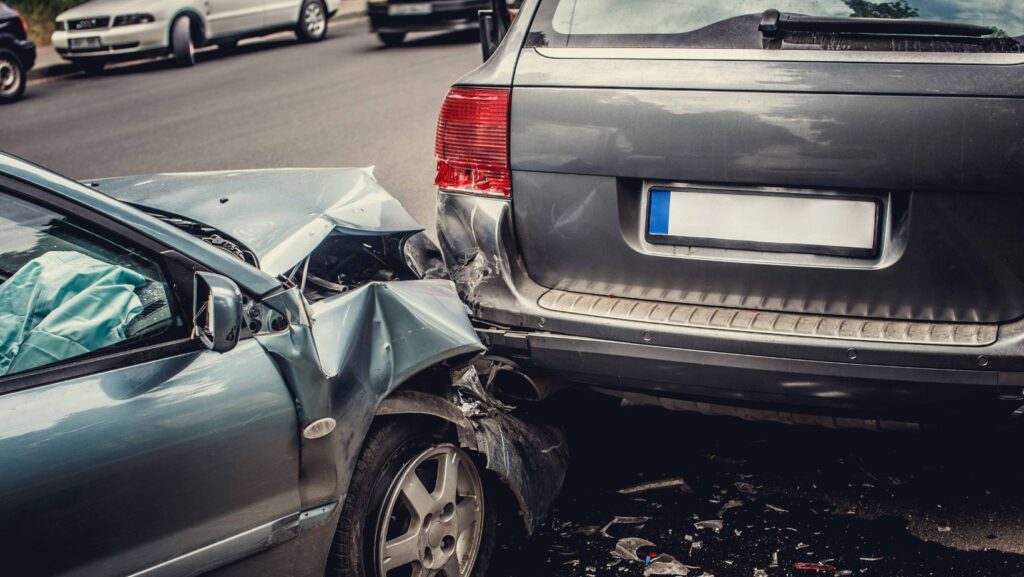Rideshare services have reshaped transportation, offering passengers a convenient way to get around cities without the hassle of driving or parking. However, accidents involving rideshare vehicles introduce a new layer of legal and insurance complications that aren’t always straightforward. We will explore how personal injury lawyers support individuals engaged in rideshare collisions, especially when multiple parties and policies are involved. Unlike traditional car accidents, these cases often raise questions about driver employment status, app-based liability, and varying levels of insurance coverage. Passengers, drivers, pedestrians, and occupants of other vehicles may all find themselves uncertain about who is financially responsible for injuries and damages. Navigating this environment without legal guidance can lead to missed compensation or prolonged delays in care. An attorney can step in to provide legal advice and organize evidence, communicate with insurers, and pursue the full range of recovery options available under the law.
Contents
Table of Contents
ToggleNavigating a Complex Legal Landscape
-
Determining Liability in a Complicated Accident
One of the primary challenges in a rideshare accident is determining liability. This process can be more complicated than in other motor vehicle collisions because the rideshare driver is technically an independent contractor using a personal vehicle. In some situations, the driver may be at fault due to distracted driving, fatigue, or traffic violations. In others, another motorist may be responsible, or even a mechanical failure might come into play. A personal injury lawyer investigates all these angles by reviewing accident reports, interviewing witnesses, examining driver records, and sometimes working with accident reconstruction professionals. They aim to build a case identifying who caused the accident and who should be held accountable for the resulting injuries and damages. Working through these questions early prevents claims from being derailed by finger-pointing between parties and their insurers. Victims can face roadblocks when accessing benefits or fair compensation without this step.
-
Sorting Through Insurance Policies and Coverage Limits
Rideshare companies like Uber and Lyft carry insurance policies that apply at different stages of a driver’s work period. The coverage is limited when a driver is logged into the app but hasn’t accepted a ride. Once a ride is received or a passenger is in the vehicle, higher limits are in effect, sometimes up to $1 million in liability coverage. Personal injury lawyers understand how these policies are structured and how to identify what coverage was active at the time of the accident. They also know how to coordinate between the rideshare insurer, the driver’s insurance, and any third-party insurance from other vehicles involved. For victims, this can be a confusing process to manage alone, especially when they’re recovering from injuries and trying to make sense of medical bills. A lawyer keeps these pieces organized, submits timely claims, and challenges denials when insurance companies attempt to shift responsibility or minimize payouts.
-
Building a Case that Reflects the Full Impact
After a rideshare accident, injuries can range from mild to life-altering, and not all consequences are physical. Personal injury lawyers document how the accident has affected a client’s life, including medical expenses, lost wages, pain and suffering, and reduced quality of life. They collect medical records, coordinate with healthcare providers, and may also consult with vocational experts or mental health professionals when necessary.

For example, a passenger who suffered a broken limb may require physical therapy, may be unable to return to work for weeks, and may struggle with anxiety about using rideshare services in the future. A legal claim that only accounts for hospital bills falls short of addressing the full impact. Lawyers ensure the case reflects the immediate and long-term costs of the accident. The Goldblatt + Singer, P.C. team has worked on rideshare cases, demonstrating how important a thorough approach is to securing a fair outcome. Without an advocate understanding how to present this evidence effectively, essential aspects of a victim’s recovery may be uncompensated.
-
Communicating with Insurers and Representing Clients in Court
Most rideshare injury cases are resolved through negotiation, but that doesn’t mean it’s a simple process. Insurance adjusters are trained to minimize payouts, and without legal representation, many accident victims are pressured into accepting settlements that don’t fully cover their needs. Lawyers handle these communications on behalf of their clients, using the evidence they’ve gathered to push for a settlement that reflects the full scope of damages. If an agreement can’t be reached, they prepare the case for court, present arguments before a judge or jury, and advocate for their client every step of the way. The presence of a legal advocate often leads to more favorable settlement offers, as insurers recognize the risk of losing at trial.

For the injured party, they can focus on recovery rather than fielding phone calls, chasing paperwork, or worrying about what they might be overlooking. That peace of mind is just as important as the financial outcome.
Being involved in a rideshare accident introduces complexity beyond typical car crash claims. With overlapping insurance policies, unclear responsibilities, and the involvement of large corporations, accident victims are often at a disadvantage without legal help. A personal injury lawyer balances that equation—gathering facts, clarifying insurance coverage, and pursuing compensation that addresses the harm done. Their involvement isn’t just about courtroom drama or negotiations—it’s about protecting your rights. When rideshare accidents happen, the stakes can be high, significantly if injuries disrupt your life, work, and finances. By turning to legal representation early, you improve your chances of being made whole again and reduce the stress that often follows an already traumatic event. The path forward may be complicated, but you don’t have to walk it alone. With the proper support, healing—both legal and physical—can happen with confidence and clarity.

